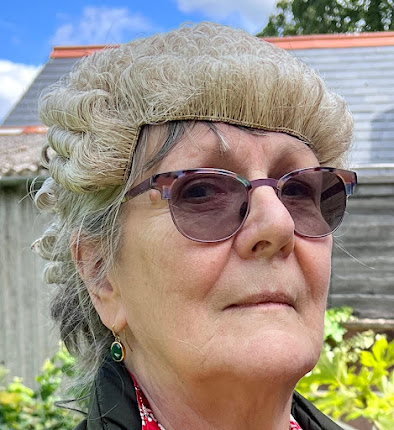Gulls
The latest post box topper near my home features a gull, an ice cream and a bag of chips (fries for the Americans among us). These are all features of a British summer.
The gull has a chip in its beak. Gulls are notorious in seaside locations for their thieving ways, swooping down on unsuspecting visitors to steal a lump of fish, a tasty chip, a piece of cake or any other toothsome morsel. In short, anything a human is eating is considered fair game. They can be very aggressive and difficult to deter. Probably the best way to escape being targeted by ravenous gulls is to avoid eating outside!
There is no such species as a ‘seagull’ but we all call the flying creatures around the seaside seagulls, even when they come inland to scavenge in rubbish tips. They are very difficult to identify and change their vestments according to the season and their age. The bird on the post box is probably a Lesser black-backed gull, with its yellow beak and legs. The Herring gull has a yellow beak, but its legs are pink.
On reflection, the post box gull looks very like the seagull in one of the Wallace and Gromit films!







.jpg)






